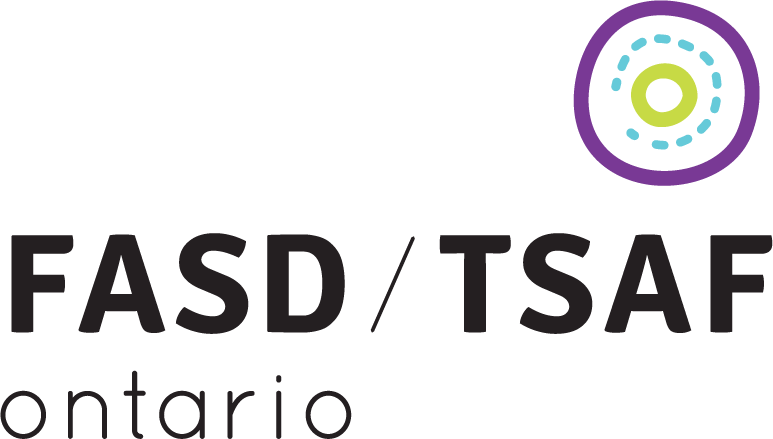Does paternal alcohol consumption affect the severity of traits of fetal alcohol spectrum disorders?

Paternal alcohol consumption was associated with an independent, negative influence on child height, head circumference, and verbal IQ. Maternal drinking, when combined with heavy male drinking, was associated with more severe FASD outcomes.
Be the Village

FASD Prevention Program of the Saskatchewan Prevention Institute providing guidance to raise FASD awareness and build a village that supports healthy pregnancies and embraces individuals living with FASD.
Prevention and Screening Actions for Fetal Alcohol Spectrum Disorders to be Implemented in Medical Practice – (in french)

The Delphi method was used, which is a systematic and interactive forecasting technique based on a panel of experts. It makes it possible to consult a group of experts on a defined topic in order to reach a consensus (16). Each expert is consulted individually and anonymously using an initial questionnaire.
A Population-Based Study on Women Who Used Alcohol during Pregnancy and Their Neonates in Ontario, Canada

It is crucial to screen childbearing age and pregnant women who use alcohol for mental health problems and other substance use and to facilitate access to treatment services to prevent adverse maternal and neonatal outcomes. Routine screening and data collection on alcohol use in pregnancy are urgently needed on provincial, national and global levels.
Population perinatal substance use and an environmental scan of health services in British Columbia, Canada

Expanding supports for perinatal substance use – particularly acute care and supportive housing within more rural/remote regions in BC – will be critical to address geographic inequities in access to perinatal care and improve health outcomes for pregnant people who use substances and their infants.
FASD Prevention: An Annotated Bibliography of research published in 2024 (CanFASD)
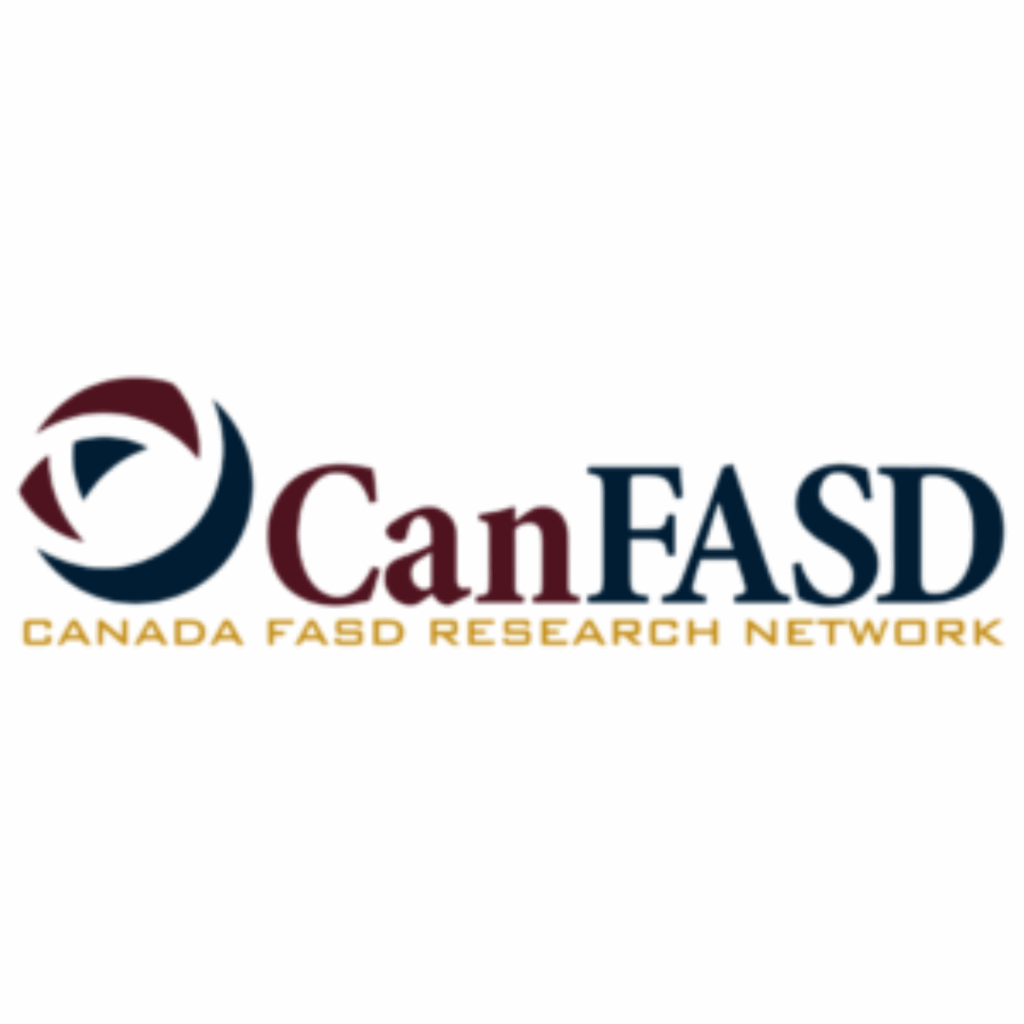
Annually, researchers associated with the Prevention Network Action Team (pNAT) of the CanFASD Research Network search the academic literature for articles related to Fetal Alcohol Spectrum Disorder (FASD) prevention. The findings are organized using a four-level prevention framework developed by the pNAT to describe the wide range of work that comprises FASD prevention. The annual literature search is intended to update those involved in FASD prevention in Canada, so they can inform their practice and policy work with current evidence. The members of the pNAT also have the opportunity in monthly web meetings to discuss the implications of the findings for their work.
FASD: When the Expecting Mother Drinks? – (in french)
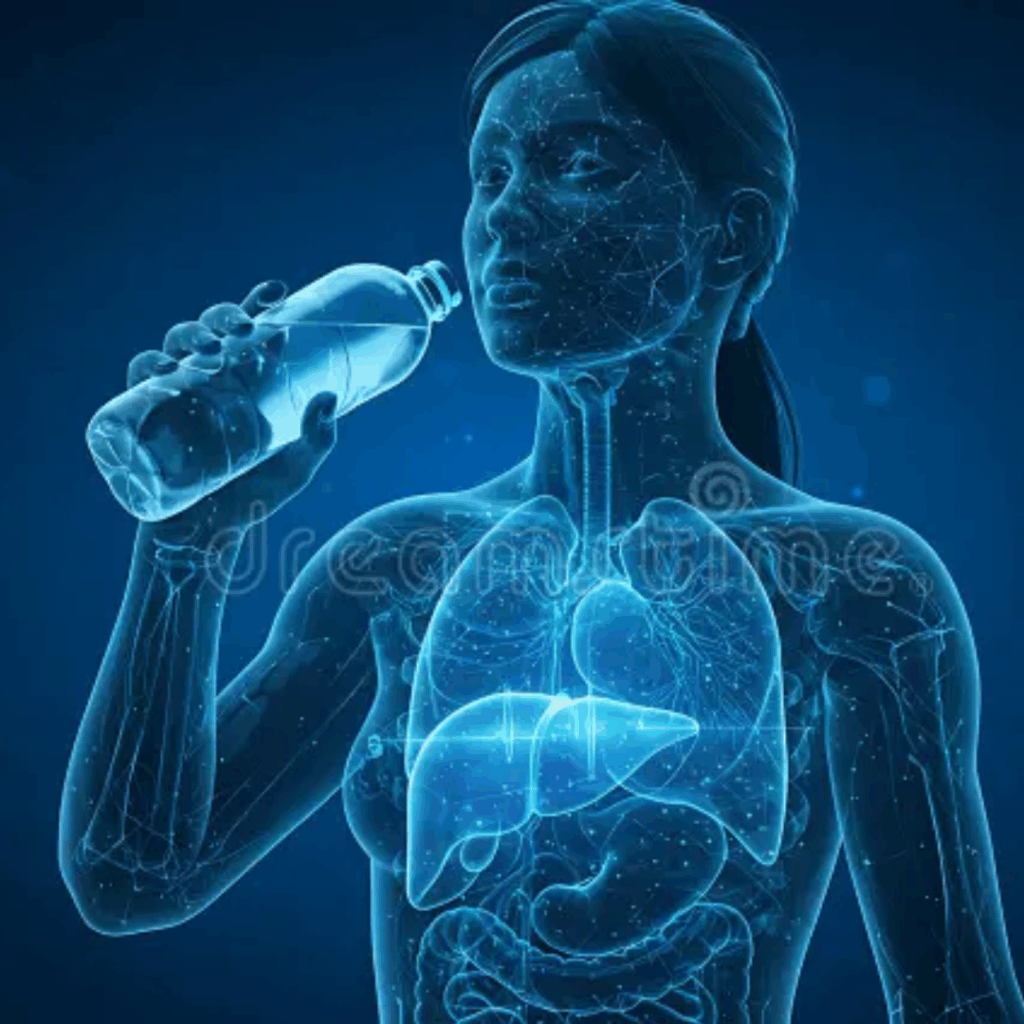
Informative video explaining what happens when an expectant mother consumes alcohol during pregnancy.
Children Exposed to Alcohol During Pregnancy: Things to Watch For! – The Health Magazine – (in french)
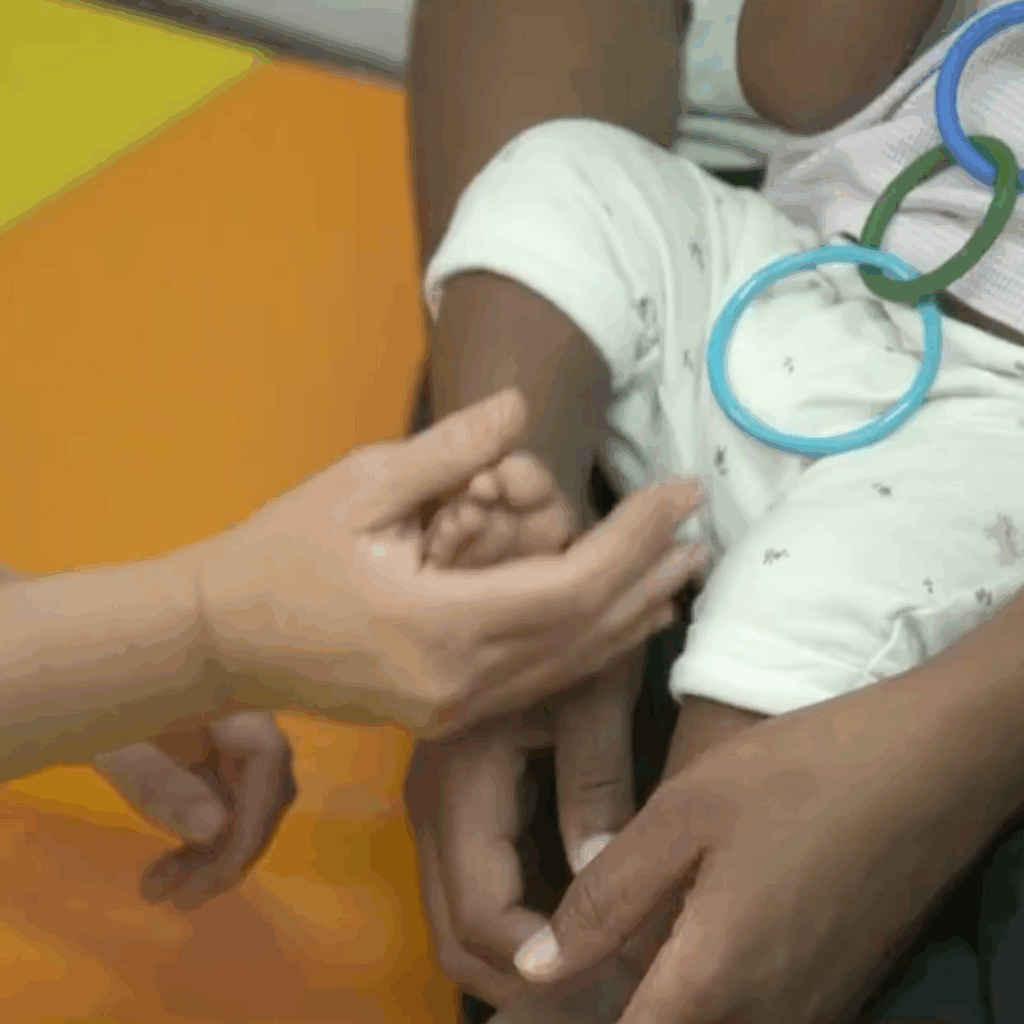
A video about the experience of a woman who didn’t know she was pregnant for the first five months and consumed alcohol.
Indigenous Approaches to FASD Prevention: Indigenous Mothering
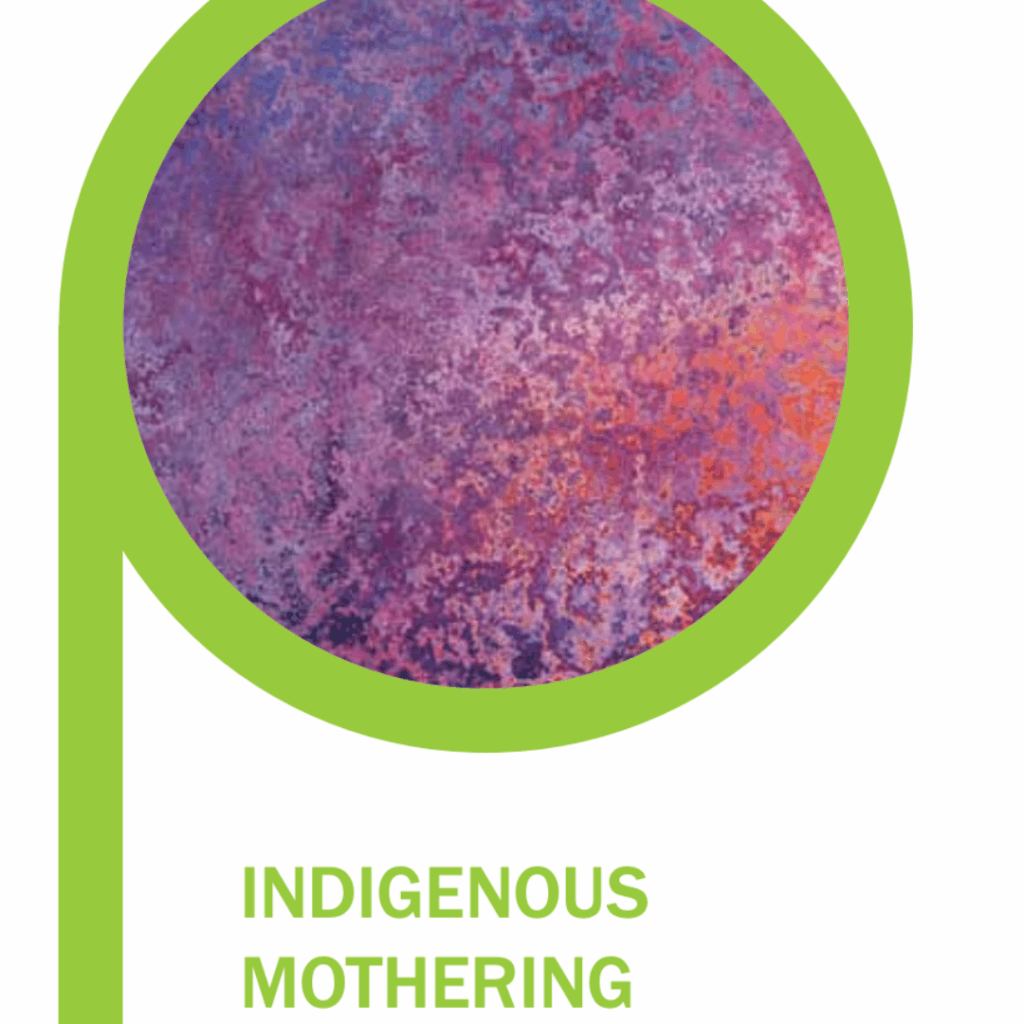
This booklet provides a brief introduction to how FASD prevention activities can support the health and well-being of Indigenous mothers and their families.
Indigenous Approaches to FASD Prevention: Reconciliation and Healing

This booklet provides a brief introduction to how FASD prevention activities can support reconciliation, social justice and change.
Indigenous Approaches to FASD Prevention: Community Action

This booklet provides a brief introduction to community-led initiatives that can help to prevent FASD and includes examples from Canada and internationally.
Indigenous Approaches to FASD Prevention: Wellness

This booklet presents cultural connections as both prevention and intervention measures in discussions about FASD with Indigenous communities. The booklet focuses on supporting mental wellness to address contraception, alcohol use, and pregnancy planning in preventing FASD.
